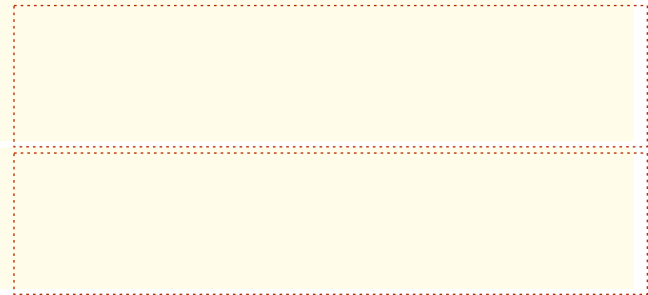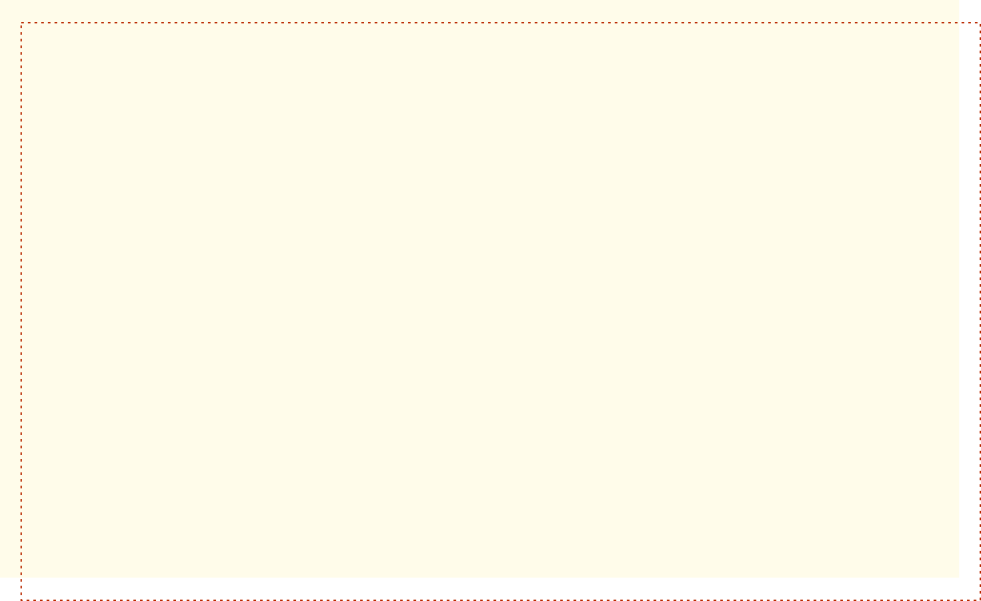© paperbacKnow limited 2013 -






Tudor Monastery Farm is the fifth farm series from Ruth Goodman and Peter Ginn. Alex Langlands has been busy with other things. You can find out more here. He is replaced by Tom Pinfold.
The series follows on from four earlier ‘farm’ series. ‘Victorian Farm’, ‘Edwardian Farm’ and ‘Wartime Farm’ which were set much closer to the present day and featured the introduction of machinery which, if not still in use today in the same form, is not beyond the realms of living memory.
500 years ago, of course, takes us back well before the introduction of such machines to a time when things were done entirely by hand.
The territory is not entirely new to Peter Ginn and Ruth Goodman whose first far project was the (seemingly forgotten) ‘Tales From the Green Valley’. That was set only 400 years ago but still takes us back to a time before machinery.
Tudor Monastery Farm was supposedly filmed at the Weald and Downland Museum at West Dean Park. An incredible collection of 50 old buildings, each of which has been rescued from demolition at its original location and lovingly restored to its condition in a bygone age at the museum. Certainly this is the location of the farmstead itself. But a good deal of the filming appears to have taken place at other locations. You can find out about these in my reviews of the episodes (see right).
You can find out more in the book about the series -
Tudor Monastery Farm

The first episode, screened on 13th November 2013, introduced us to a the way of life experienced by the Tudor farmers and to a variety of historical locations. Although the farm itself is located at Weald and Downland, quite a bit of the programme turns out to have been filmed elsewhere.
You can read more about Episode 1 and the locations where it was filmed in my review of Tudor Monastery Farm Episode 1.

Episode 2 tells us about the ways in which the Tudor Farmer made his money. This has a lot to do with sheep which were very much the life-
You can read more about Episode 2 and the locations where it was filmed in my review of Tudor Monastery Farm Episode 2.
Episode 3 deals with the diet of the Tudor farmer. This is mostly bread and ale, but for the sheep farmer includes a certain amount of mutton. The boys also set up a clock at the monastery to tell the monks when to pray.
You can read more about Episode 3 and the locations where it was filmed in my review of Tudor Monastery Farm Episode 3.
The crops are growing and the livestock’s doing well. So with little to do on the farm, the team head off to explore some of the other things the Tudor farmer would do. The boys go mining for lead, which Ruth uses to make a stained glass window. Ruth also catches some eels for tea and decorates the farm house.
You can read more about Episode 4 and the locations where it was filmed in my review of Tudor Monastery Farm Episode 4.

Episode 5 contrasts the diet of the common people with the diet of the monks. It opens with the team ‘enjoying’ (is that the right word) a meal of pottage -
You can read more about Episode 5 and the locations where it was filmed in my review of Tudor Monastery Farm Episode 5.
That’s it then. The series is ended. And apart from the Christmas special, its not on iplayer any more. But there are some repeats in the coming weeks and the DVD, which comes out on 4th February, is available for pre-
Episode 6 covers the end of the farming year. The harvest is brought in and the team celebrate with some some games and a feast of roast goose.
You can read more about Episode 6 and the locations where it was filmed in my review of Tudor Monastery Farm Episode 6.
The team returned on new years eve for the Tudor Monastery Farm Christmas Special. In Tudor times, advent was an austere time of fasting and abstinence which was followed by twelve days of celebration and fasting. The Christmas Special shows us how the Tudor farmer spent those twelve days. Details and locations can be found in my review of the Tudor Monastery Farm Christmas.